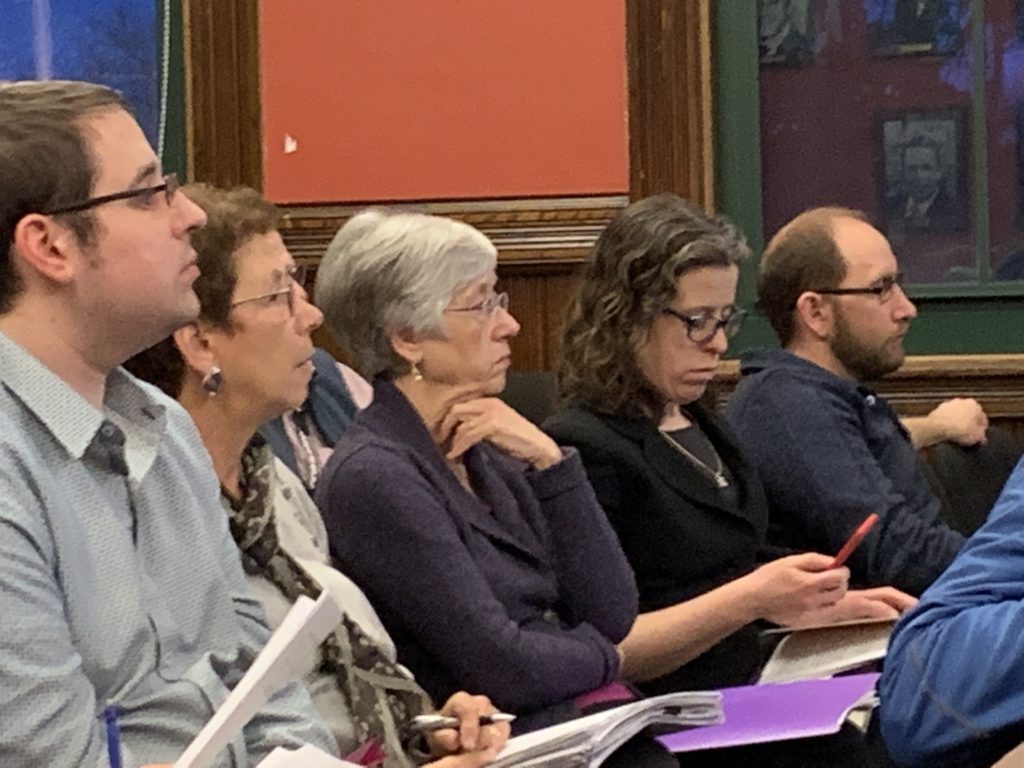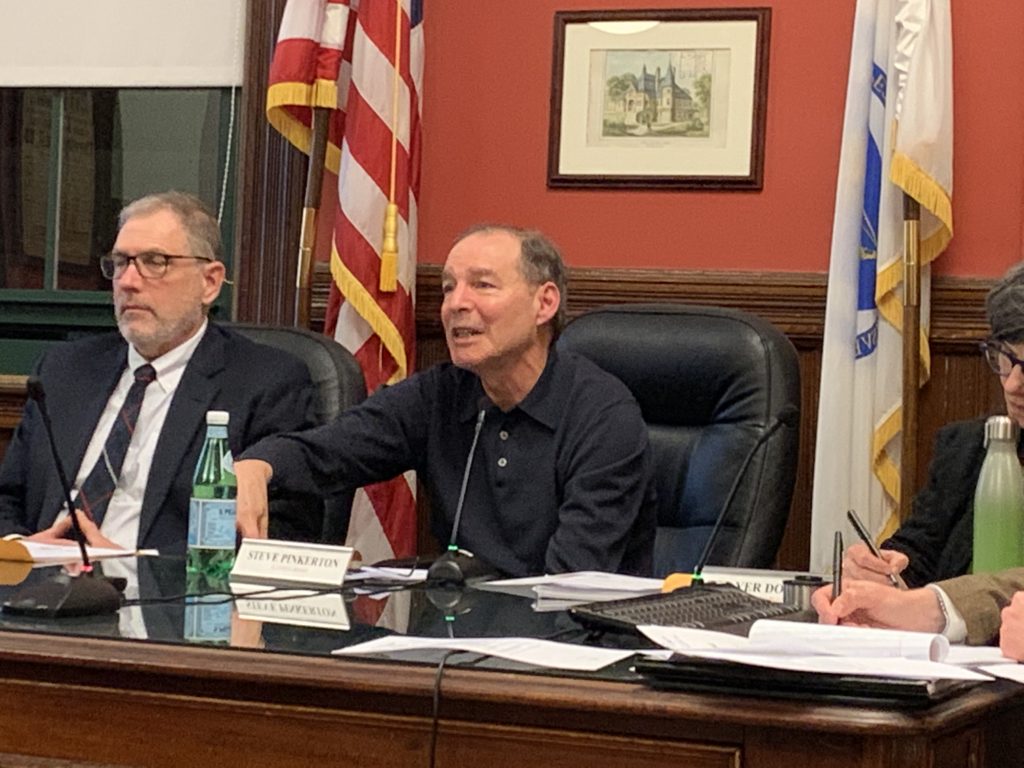Photo: A road towards more equitable housing in Belmont
Belmont Against Racism, The Belmont Housing Trust, The Belmont Media Center, and the Belmont Human Rights Commission are hosting an informational public forum titled “Belmont’s Road to Housing Equity this Thursday, April 29 at 6:55 p.m. via Zoom or live on Belmont Media Center.
It will be an evening to explore historical and present day housing issues an how Belmont can reach its goals of equitable and affordable housing.
Zoom link at https://bit.ly/Belmonthousing
https://www.belmontmedia.org/watch/infotv or Channel 96 (Comcast) or Channel 30 (Verizon)
- How can Belmont reach its goals of equitable and affordable housing?
- What’s the historical background and how does it relate to fair housing law?
- Who shapes local housing and zoning decisions?
- What does new zoning legislation mean for Belmont?
- Where is Belmont today on meeting its housing goals?
- How does Belmont fit into the wider transportation picture, with its new zoning rules and tools as well as its financial incentives for the Town?
Learn from a panel of experts as we explore these questions. There will be a Q & A opportunity.
- State Rep. Dave Rogers(24th Middlesex District),
- Robert Terrell (Fair Housing, Equity and Inclusion Officer at the Boston Housing Authority and previously Executive Director of the Fair Housing Center of Greater Boston);
- Katherine Einstein (Assistant Director of Policy at Boston University’s Center for Antiracist Research);
- Jarred Johnson (Executive Director of TransitMatters); and
- Judie Feins and Betsy Lipson of the Belmont Housing Trust.
- Moderated by Rachel Heller (Co-Chair of the Belmont Housing Trust and Chief Executive Director of CHAPA.

